There is a huge range of diverse microbes living in the human gut. These microbes live close together in microbial communities, interacting with one another. Bacteria work together to exclude pathogens and they can even communicate with each other by sending signals to each other.
Cross-feeding
One example of crossfeeding is how bacteria help each other to ferment complex plant fibres. Plant fibre can contain many different types of bonds that hold the structure together. Different bacteria produce different enzymes and these bacteria work together to break the long fibres down into small molecules that bacteria can then import and digest. For example, Ruminococcus bromii chops up long starch molecules into shorter lengths that many other bacteria can then use as food to grow.
Some bacteria also use fermentation products released by other bacteria as ‘food’ for energy. Bifidobacteria often produce lactate when they ferment carbohydrates, and some other bacteria can convert the lactate into different fermentation products like butyrate. These are both examples of bacterial cross-feeding.
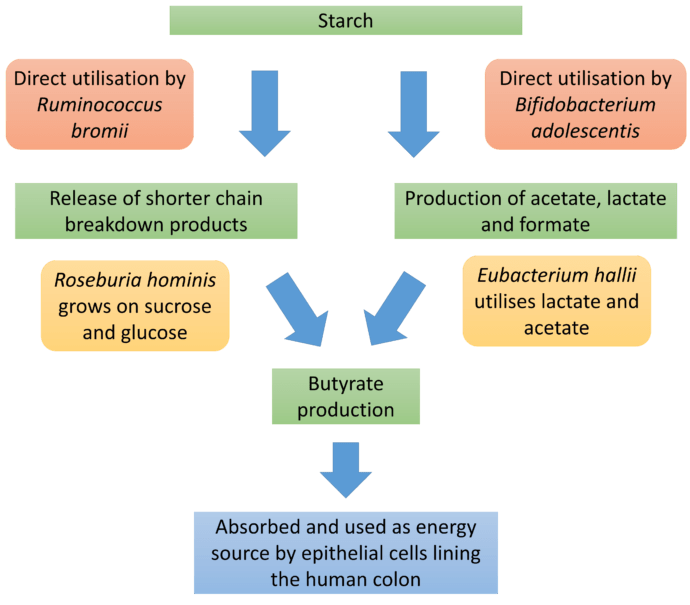
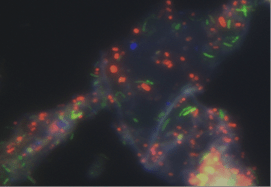
Gut environment
Microbes also work together to keep conditions optimal for survival. Some utilise small amounts of oxygen, removing it from the large intestine, keeping conditions anaerobic for other bacteria that cannot survive in the presence of oxygen.
Other bacteria produce acids to keep the pH low, this maintains optimal growth conditions for the community and also prevents the growth of pathogens. Other bacteria metabolise and therefore remove dangerous gases from the intestinal ecosystem.
Reduction of harmful bacteria
Sometimes the products released by some bacteria can be bad for different bacteria living in the gut. Some bacterial species produce bacteriocins that are specific compounds that prevent the growth of different bacteria. Bacteriocins are often very specific and only affect a small number of bacterial species. Since the affected bacteria are often pathogenic bacteria this can be good for us. An example of this is the activity of Lactobacillus bacteriocins against the foodborne pathogen Listeria.
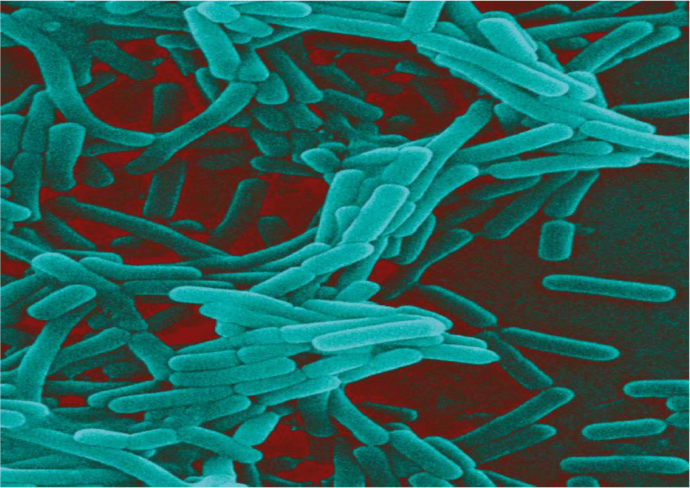
Read also
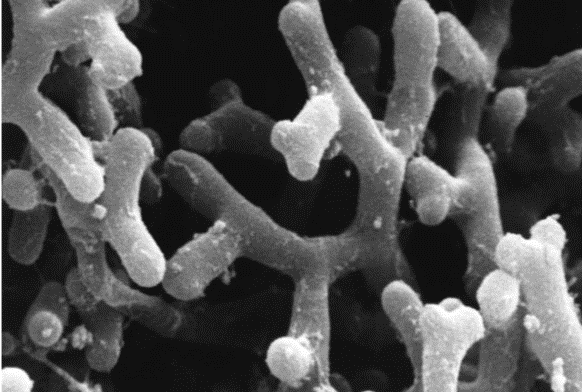
Gut health
Meet your gut bacteria
Your gut microbiota are very important and do many jobs that keep us healthy but not all microbes that are found in our guts are good for us.
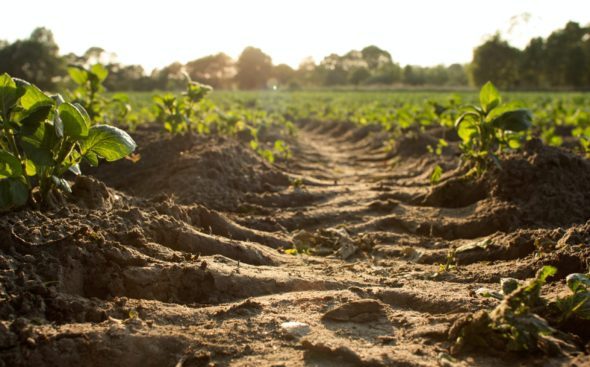
Food production
Soil and compost
Soil provides support for plants, and therefore, all of the food we eat. There are more microbes in a teaspoon of soil than the number of people on earth.

Gut health
Antibiotics and your gut
Antibiotics are used to treat bacterial infections but they can also ‘kill’ our gut microbiota and this can impact on our health.